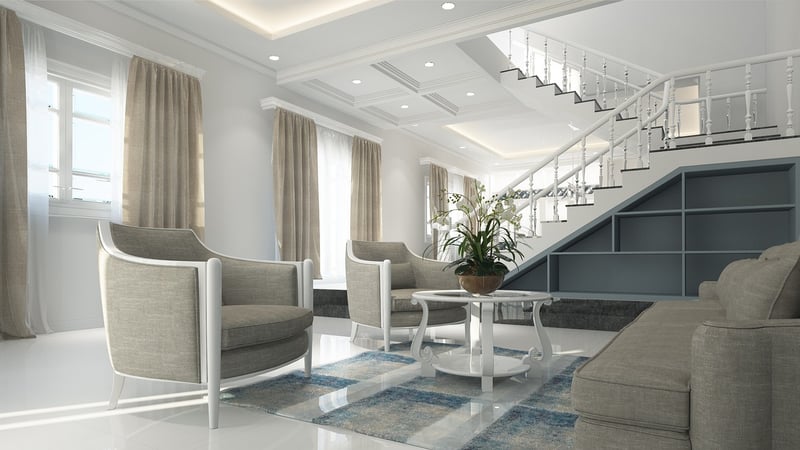Sustainable Interior Design
Decorating Sustainably: A Guide to Sustainable Interior Design

As awareness of environmental issues grows, sustainable interior design has become a popular choice for those looking to decorate their spaces in an eco-friendly way. By incorporating sustainable practices into your interior design, you can create a beautiful and functional space while reducing your carbon footprint.
Benefits of Sustainable Interior Design
- Reduces environmental impact
- Improves indoor air quality
- Promotes healthier living
- Saves energy and resources
- Supports ethical production practices
Tips for Sustainable Interior Design
- Choose eco-friendly materials such as reclaimed wood, bamboo, and cork.
- Opt for energy-efficient lighting fixtures and appliances.
- Use non-toxic paints and finishes to reduce indoor air pollution.
- Shop from local artisans and sustainable brands to support ethical production.
- Upcycle old furniture and decor items to give them a new life.
Bringing Nature Indoors
One of the key elements of sustainable interior design is bringing nature indoors. Incorporate plants, natural light, and organic textures to create a calming and biophilic environment in your space.

Embracing Minimalism
Embracing minimalism is another important aspect of sustainable interior design. Decluttering your space and focusing on quality over quantity not only reduces waste but also creates a more peaceful and organized home.
Conclusion
By adopting sustainable interior design practices, you can create a space that not only looks beautiful but also promotes a healthier planet and lifestyle. Start small by making simple changes and gradually incorporate more sustainable elements into your home to make a positive impact on the environment.
Remember, decorating sustainably is not just a trend - it's a conscious choice that benefits both you and the planet.
